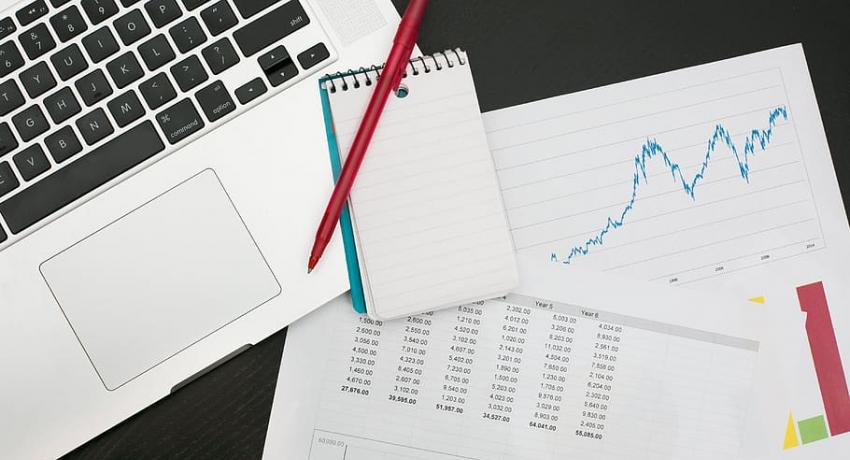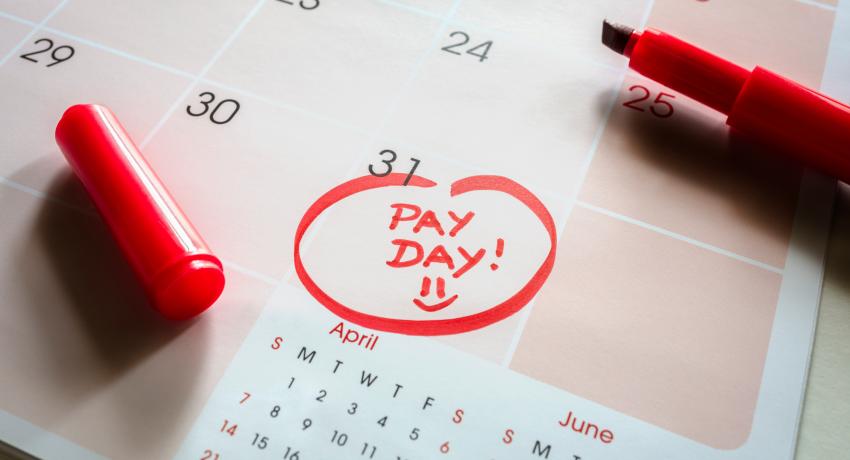
How to Create a Budget
Budgets play a crucial role in creating financial awareness, which then helps you make more responsible choices with your money. Creating a budget will benefit you as an individual, as well as everyone who’s in your household. Let’s start by taking a look at how to create a budget and then review some popular budgeting systems and how they work.
Create a budget in four easy steps
A budget is the foundation of good financial health. Essentially, it’s a financial plan based on your income and expenses. A budget gives you the opportunity to control your spending so you’re able to reach your financial goals. Here’s how to get started creating your budget. First, you’ll need to decide how you’re going to track everything. You can use an Excel spreadsheet, a piece of paper or an app like My Financial Partner. You will need all the information we discuss below to start your budget. Now, let’s get started.
Track your spending and income
Start by tracking your spending and income. Gather all your financial documents including all financial account statements, monthly bills and pay stubs. These will allow you to see how much you’re spending and how much you’re earning each month.
Add up your totals
Calculate the totals of your monthly expenses and all sources of your monthly income. If your income exceeds your expenses, you’re in a good place. However, if your expenses exceed your income, or the numbers are too close for comfort, you’ll need to trim some discretionary expenses to make it through the month without falling into debt. If an unforeseen big expense happens and you haven’t budgeted properly, it could hurt you financially.
List your needs and wants
Your needs include anything that’s essential for living and basic functions, such as rent or mortgage payments, utilities, gas, food and clothing. Needs always take priority in a budget. As you list each need, write down its corresponding cost. Add up the total of your needs when you’re finished. A want includes anything that’s not essential for living, like entertainment costs, brand-name clothing, going to the movies and eating out. Here, too, write down the monthly cost of each item on your list and add up the total when you’re done.
Categorize your expenses
On a separate list, write down all of your expenses including essentials and non-essentials. Divide your expenses into three categories: fixed expenses, non-fixed expenses and extra expenses.
- Fixed expenses are your normal monthly expenses that are the same amount each month and are a necessity, like rent or a loan payment.
- Non-fixed expenses are necessary, reoccurring expenses that have varying amounts each month, like groceries and utilities.
- Extra expenses are costs that vary each month and are not a necessity, like eating out or going to the movies.
Dividing your expenses into these categories will help you determine where you can easily make spending cuts. For example, if you’re spending $80 every week taking your family out to the movie theatre, cut back to only going once a month. Or you could get a movie streaming service and watch movies at home for less.
Review and tweak as necessary
You’ll likely need to adjust the amounts in each expense category at least once or twice a year to keep your budget relevant. Likewise, you’ll hopefully be able to increase the amounts in the income column as you move upward in your career path or find additional sources of income.
Budgeting systems
While every kind of budget involves tracking expenses and committing to a maximum spending amount each month, there’s a wide range of budgeting systems to fit every kind of personality and money management style.
The traditional budget
This system doesn’t involve much more work than the steps described above. After working out a number for every expense category, you’ll simply need to track your spending throughout the month to ensure you’re sticking to the plan. You can use a spreadsheet for this purpose, or utilize a budgeting app like My Financial Partner.
The money-envelope system
This system is similar, however, instead of simply committing to sticking to your spending amounts for each expense category, you’ll withdraw the amount you plan to spend on all non-fixed expenses in cash at the start of the month. Divide the cash into separate envelopes, using one for each of the three expense categories. Then, withdraw cash from the appropriate envelope when making a purchase in that category. There’s no way to blow your budget with this system, when the money in the “eating out” envelope runs dry, that’s all for the month.
The 50/30/20 budget
This system is simpler, but requires more discipline. Set aside 50 percent of your budget for your needs, 30 percent for wants and the remaining 20 percent for savings. Of course, you’ll need to make sure your income and expenses will work with this kind of budget. Does 50 percent of your income cover your needs? If yes, this budget allows for more individual choices each month and less accounting and tracking of expenses.
A well-designed budget can provide you with a sense of financial security and freedom. When you stick to a budget, you’ll always know you have enough to get through the month and save for the future.









